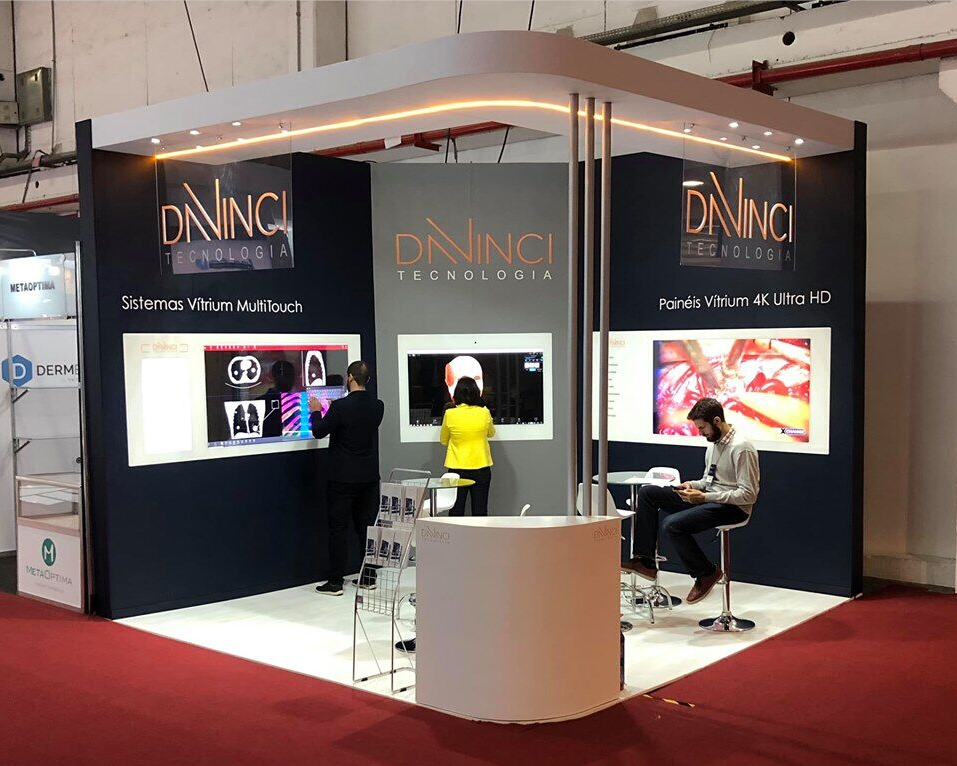
2023-03-10 17:52:32 1726
NResearchers from Microsoft recently demonstrated a low-cost new technology called Laser Touch, which can operate digital desktop or wall display with both hands, instead of clicking with a mouse.
Laser touch is an invention of Andy Wilson, a computer vision expert at Microsoft Research. He has been investing in Microsoft's Surface computing and other projects. Recently, he has devoted himself to developing an inductive technology system that allows users to modify any kind of display, such as a desktop display or projector, in order to interact with computers with hands instead of mice.
This system uses a low-cost infrared camera and laser to track the track of the user's touch screen and guide the software response. The result of practical application of this technology may be a way for friends to play virtual chess with each other online through computer network, or improve the way of PowerPoint presentation.
Control with both hands as you like

Although the multi-touch screen technology has not been able to achieve the holographic projection like a movie, its innovative application is very simple and even does not require profound learning skills from the perspective of human-oriented control interface. It will certainly become the main trend of control interface in the future.
Basically, the multi-touch system only uses multiple fingers, just like playing an instrument or other two-handed operation; In addition, this system technology can also allow multiple users to communicate with each other at the same time.
Multi-touch technology is more than just clicking, writing and pressing; On the other hand, you can also press and control with one finger, or use two fingers to open and close the screen, so as to achieve the purpose of zooming in and out of the image. You can control as you like as long as you use your hands properly.
But before the advent of the iPhone, multi-touch screens in laboratories around the world had developed rapidly, surpassing double-finger commands. Engineers developed a large screen that can sense 10 fingers at the same time and even respond to the hands of multiple users.
It can be imagined that professionals and team workers who often use a lot of visual data, such as photographers, graphic designers or architects, should be very fond of multi-touch computer technology. In fact, this kind of technology has already been widely used. Even those who have not learned it at all can know how to move and mark objects and plans with a little groping.
Mobile phone holography 3D projection
Although the external mobile phone projector has just started, Infosys, the second largest software company in India, seems to want to go further. It is expected that the mobile phone with holographic 3D projection capability will be listed in 2010. It can not only shoot and support 3D image projection, but also transmit images to another device for presentation through this device.
There are basically two noteworthy aspects of this technology. First, it relies on the mathematical principle of Fourier Transformations to interpolate 2D images taken by mobile phones into 3D images. This part requires strong hardware computing capabilities.
Secondly, in the aspect of image data transmission, the data is transmitted to the other end at a faster speed in the limited network bandwidth through the transmission of unprocessed data, and then analyzed and presented by the other side's devices and computers.
It is said that the device to be developed can not only send image data, but also be used as terminal data analysis and presentation; As for the projection part, it is projected through laser projection plus special holographic display lens. This part should be no different from other holographic projection technologies nowadays.
There are many patterns in the touch field.
The Japanese industry has developed various tactile simulation technologies, and it is expected to further develop the virtual tactile high-tech products of the pull-type portable GPS positioning system in the future. It is known that NTTCOMWARE, a Japanese communications and information company, recently published a system called "Tangible-3D", which, as the name implies, allows people to watch the arm in the computer screen waving touch through the video phone.
A device for actually feeling the "handshake"
This system is further developed according to Immersion "haptic display", an American computer software research and development company. Combining the virtual touch of fingers and wrists, users wear special gloves with hidden wires. The wires will feel the power according to the user's arm touch action.
As long as the user overlaps his or her hand with the other person's 3D image arm, he or she will feel as if he or she touches the other person's hand and feels real and realistic. As long as the other person's arm moves, the real-time converted 3D image, the arm in the picture will also move, just like shaking hands with himself or herself. Unfortunately, although "Tangible-3D" can reproduce the "strength" of the handshake, it still cannot reproduce the touch and temperature of the hand.
In the near future, it can be used in museums and long-distance teaching, so that visitors can freely touch the exhibition in the museum with virtual touch, and students of long-distance teaching can also touch the effect of teachers' works at home.
